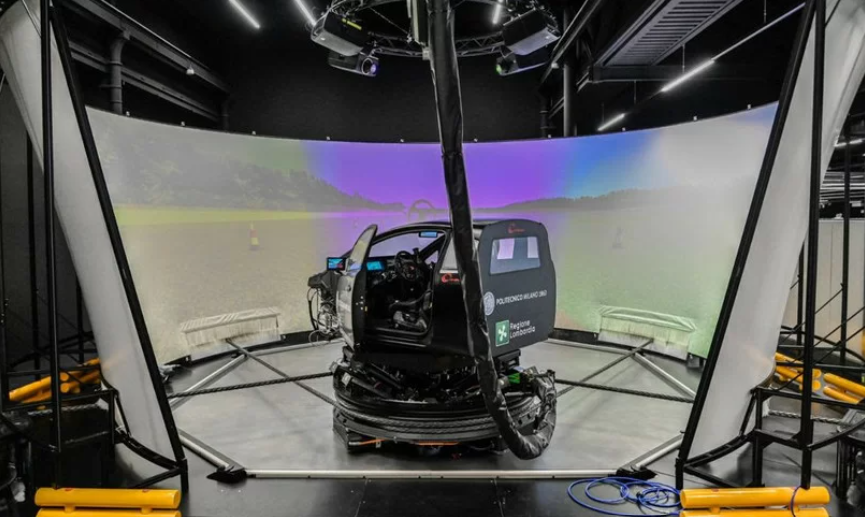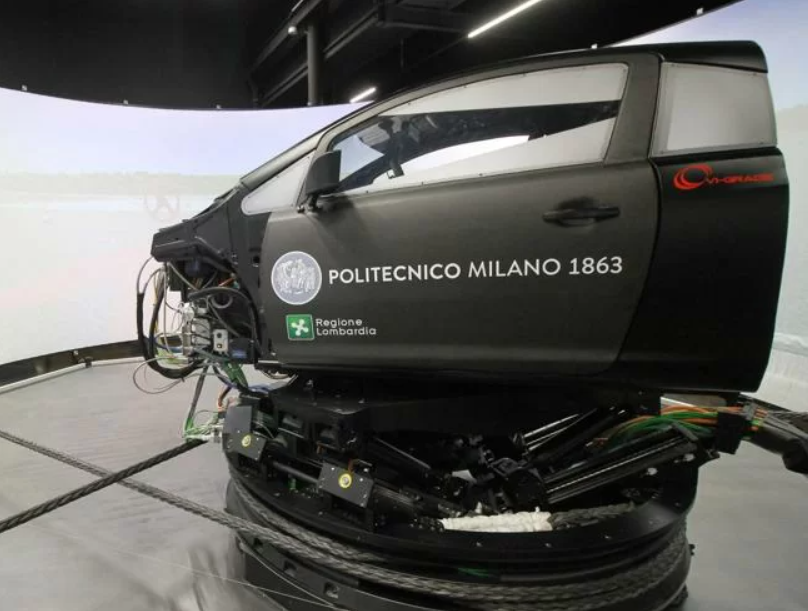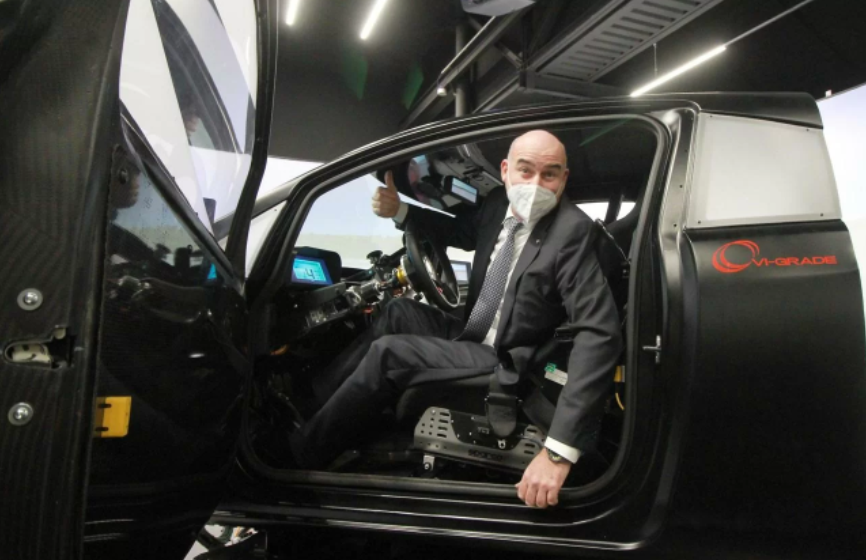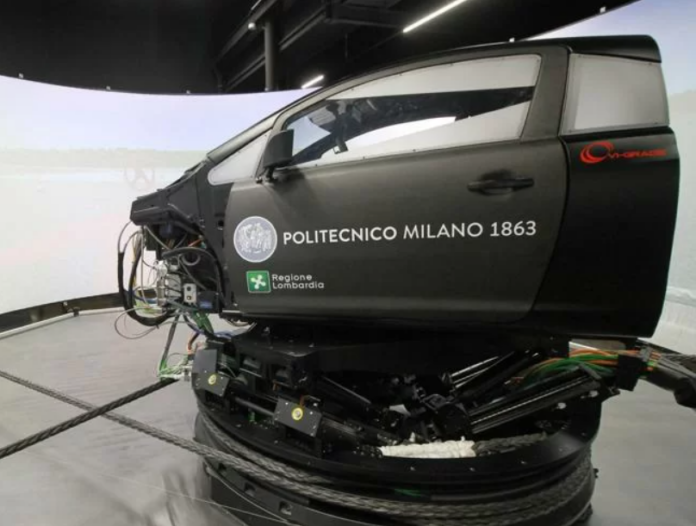The most advanced driving simulator in the world has been purchased from the Politecnico di Milano. Let’s see why it is a national opportunity but above all an academic one.
The most ADVANCED DRIVING simulator in the WORLD at the POLITECNICO di MILANO
# DiM400: the world’s most advanced driving simulator will be used to improve sustainable mobility

The most advanced driving simulator in the world was presented in February 2021 at the Politecnico di Milano and the councilor for Research, Innovation and University, Fabrizio Sala, declared: «Lombardy, with a thousand companies in the automotive supply chain, with this project of the simulator is a candidate to become the first region in Europe in this field».
The project, called “DiM400”, cost a good 5 million euros but will be an invaluable source of scientific value in terms of sustainable mobility. The simulator will in fact be used, for example, to design new ecological vehicles, develop components with innovative materials, reduce consumption and to carry out autonomous driving applications.
# What are its innovative features?

The passenger compartment is absolutely realistic, including the seat belts, while the driving sensation is simulated thanks to the recreation of a vibro-acoustic environment similar to the real one. Since DiM400 has an innovative handling system, the driver is subjected to the same forces to which he would be subjected in reality. The truly innovative component is the “hexalift”, which allows for a better driving sensation in the event of combined movement (horizontal and vertical at the same time).
# An academic and local investment

The rector of the Politecnico said that «Experimental infrastructures and state-of-the-art laboratories are essential elements for international research and development with businesses. Through the installation of the simulator, the Politecnico di Milano confronts some of the major international realities, helping to make the Bovisa area an innovation ecosystem in a European key. This is the dimension the University is aiming for to face the great challenges of the coming years, first of all that of mobility».
To purchase the simulator, the Lombardy Region has invested 2 million euros and Fabrizio Sala justifies the choice with a careful context analysis: «the simulators are essential for the design and production of technologically advanced vehicles and offer enormous advantages both to the economic and the academic world, and having one among the most advanced in the world in Lombardy, represents a great opportunity».
Will this new purchase make Milan a European model in the field of sustainable mobility? We give researchers time and trust, but certainly the premises allow us to hope for great achievements.
ROSITA GIULIANO











